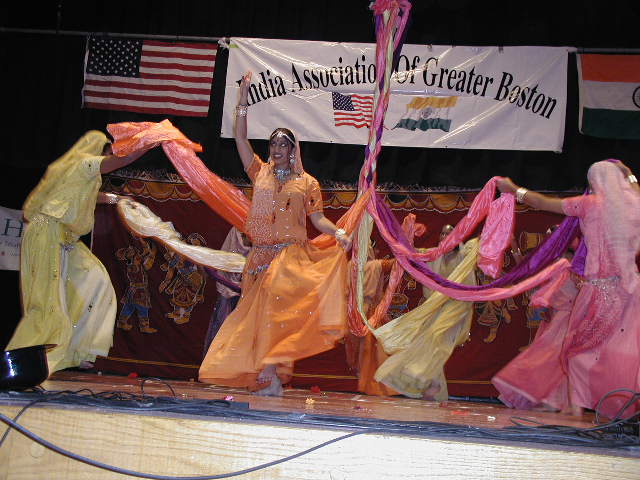Goa Mando
Goa was influenced by the many foreign cultures that the city saw. The Portuguese were the important group whose influence can still be still in Goa – from small things to big things almost everything has a very Goan influence. The Mando dance is also one such dance, that has specific influences from the Portuguese culture, and still remains Indian.
Description
Almost a majority of the population of Goa practice Christianity and so invariably they are perform Mando dance at their most important and auspicious moments. This is practiced extensively in Goa, and even today there are some great singers and performers who have made a name for themselves in the field of Mando.
The Christians had a very elaborate marriage complete with artistic clothes and very European like procedures and this Mando fitted their culture perfectly. Since Mando is also a very slow dance form, with the accompaniment of singing melodious songs, this is a very church like song and choir performance.
At the event of the marriage or some other auspicious event, the head of the family, invites the Mando singer to the place of celebration. He arrives and starts his performance slowly. He starts singing and the song is in general about the goodness of Christ and requesting God to bless the newly married couple and shower all the good will and abundant blessings on them. The song of the Mando singer also describes the couple. Their characteristics and good nature is mentioned along with their achievements till date and this information is all gathered from the family members of the couple and their friends. So, this Mando song is very unique in nature and there is one song for every occasion and every couple.
Since the song and dance combination varies from couple to couple, there are people who did not put Mando on to the folk dance list earlier. However with the passage of time and with Mando being played regularly in Goan parties, the Mando dance has created the necessity to include it on the folk dance list of India.




